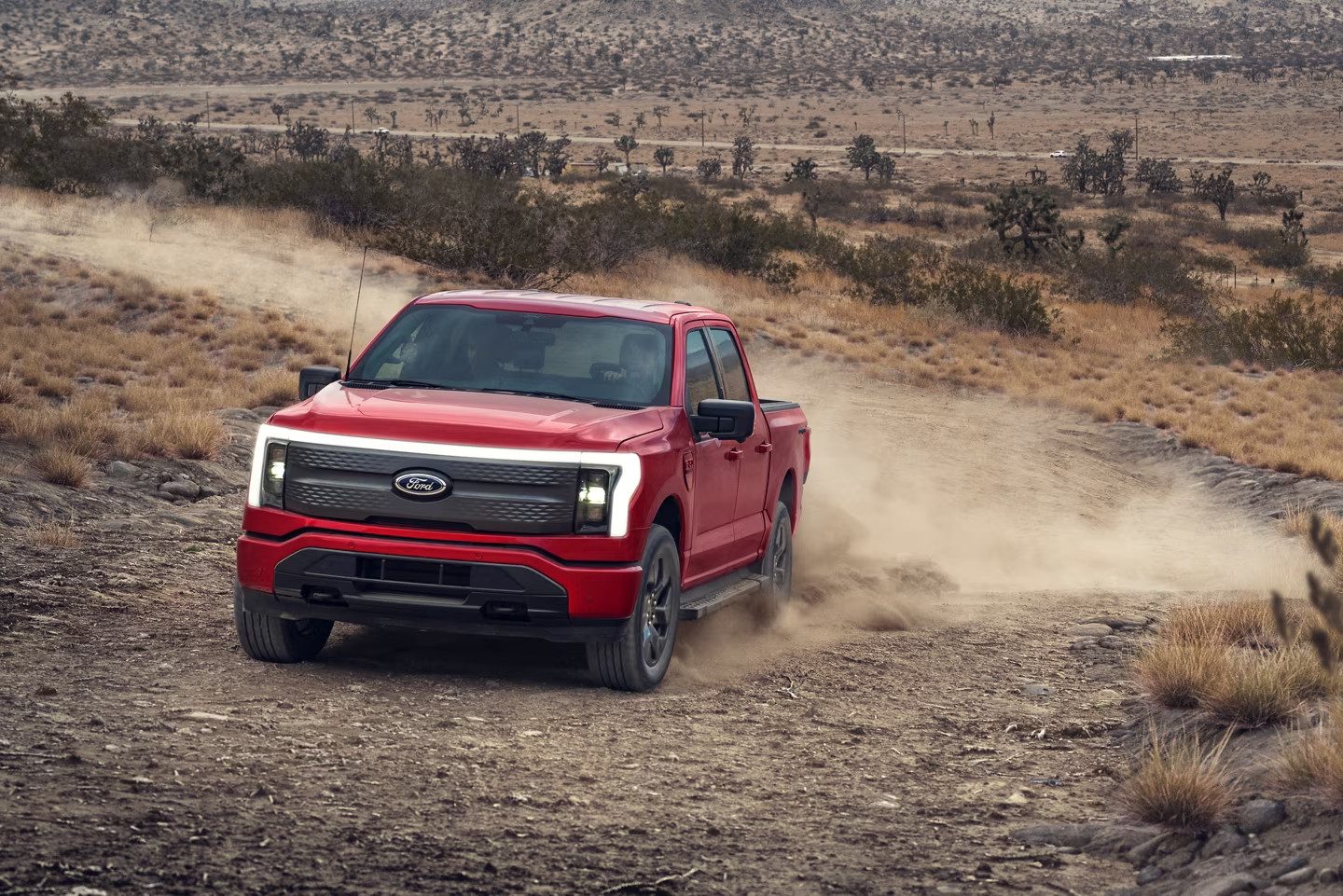Summary
- Ford is cutting production of the F-150 Lightning in half by April 1, 2024
- Demand for other vehicles in the small and medium truck markets is the primary reason
- A third shift for production of each the Ranger and Bronco was needed, and much of that workforce is being pulled from the Lightning production line
- EV sales, despite being very strong YOY 2022 to 2023 for Ford, are also not at predicted levels, so there was room to reduce production
- This also can be viewed as a strategic resource move, getting EV experienced workers into production lines before EV versions of those models arrive
Ford’s recent announcement of a reduction in the production of the F-150 Lightning from two shifts per day to just one, effective April 1, 2024, has sent murmurs through the automotive industry. This announcement comes as Ford had a superb year for EV sales in 2023, through both the Mustang Mach-E and the F-150 Lightning. To understand the reasons why Ford has made this decision, analysis shows that there are multiple contributing factors, which we will discuss in detail.
Realignment Of Workforce
The biggest factor in Ford’s decision to reduce the production of the F-150 Lightning is that consumer demand has skyrocketed for two of the other trucks in their lineup, the Ranger and the Bronco.
No Subscription? You’re missing out
Get immediate ad-free access to all our premium content.
Get Started

